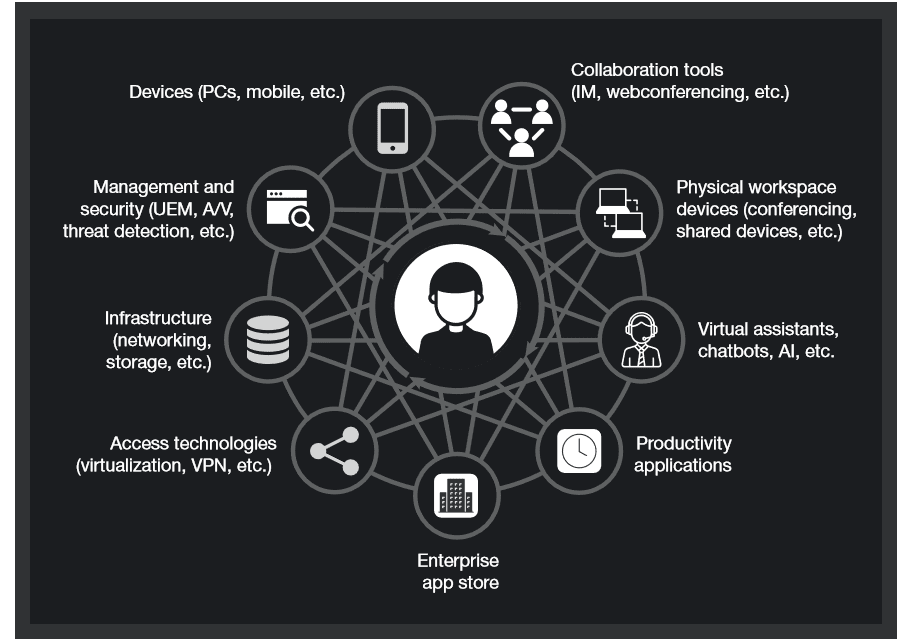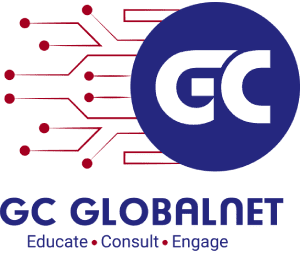Twitter Feed
What has NIST done for me lately?
According to a study, 82 percent of federal IT professional respondents reported that they were using the NIST (National Institute of Standards and Technology) cybersecurity framework to improve their security…
Future Ready in the API economy
The world of business is software. No matter the industry vertical or business model, effective software is the key to business success. An even more important aspect of this reality…
Teradata: Embrace the Power of PaaS
Platform-as-a-Service (PaaS) has always been the unappreciated sibling of the cloud computing service model trio. Existing in the dark shadow of the most widely adopted Software-as-a-Service (SaaS) and foundationally powerful…
Why cloud changes everything
How is cloud computing bringing society and its ideas closer together? This got me thinking. Last week the President of the United States started following me on Twitter. Now I…
The future of data security: An interview with Dell Fellow Tim Brown
The Dell Fellows program recognizes engineers for their outstanding and sustained technical achievements, engineering contributions and advancement of the industry. They are also seen as top innovators that have distinguished…
Hybrid IT Governance: Automation is Key
As cloud computing continues to grow in importance, enterprises are now facing a new realization. In their almost rampant embrace of cost savings associated with public cloud, many are just…
Endpoint device management: Protecting the enterprise front door
Mobility and cloud computing have combined to obliterate any so-called network security perimeter. Corporate data has now been let loose to roam in a world of cyber thieves, manipulators and…
20 hybrid cloud insights from top industry experts
One cloud does not fit all organizations. That’s true whether it is a public or private cloud. A hybrid cloud option allows your business to create a custom solution that…
Security requires long haul planning
On Tuesday, October 6th, the European Court of Justice (ECJ), invalidated the U.S./EU Safe Harbor Framework. This framework, in place since 2000, gave blanket permission to data transfers from the…
Cybersecurity through enterprise risk management
Cybersecurity is top of mind for corporations around the world. The quantity of recent data breaches and the dollar loss associated with some of them indicates either an underinvestment in…

Workplace productivity is hurt every day by the very technology developed and purchased to improve it. Forrester announced this surprising conclusion in their latest “How To Wake Up From The Nightmare Of Workplace Technology Distraction†study. The Forrester Analytics Global Business Technographics® Workforce Benchmark Recontact Survey included 6,508 respondents in Australia, Canada, China, France, Germany, the UK, and the US. The study also noted that technology vendors now control the future of workplace distraction citing:
- Apple’s move to make iPhones less addicting by adding the screen time features in iOS 12.35;
- Google’s establishment of a dedicated Digital Wellbeing team to research how to design Android apps that deliver value in context without introducing distractions; and
- Intel’s Project Athena, which aims to create next-generation experiences by inspiring technology to help employees maintain their focus.
This report provided essential practical steps for improving workplace productivity. The primary recommendation was establishing a balance between worker connectivity and focus. The business productivity tools highlighted by this study were email, telephones, and the computer.
One surprising fact discovered during the study was that employees open 70% of all emails within 6 seconds of receipt and that every one of these actions led to a 64-second loss in productivity while the employee tried to resume the interrupted task. While that amount of time may seem trivial, the average 84 emails received every day accumulates to 1.5 hours of lost productivity daily from a single method of communication. Smartphones are also a significant source of distraction. The mere presence of that connectivity device lying dormant on an employee’s desk introduces a distracting cognitive load that can weaken problem-solving skills and working memory. A growing societal bias toward connection is one of the main reasons why employees only spend 44% of their time fulfilling their primary job duties. The results highlighted that 90% of Americans have their phones within reach 24×7, and 36% say they never turn them off.
Cognitive specialists say that the constant stream of notifications rewires the brain’s dopamine response pathways, which make it more difficult for employees to curb smartphone distractions while at work. A secondary issue? Given the finite level of cognitive resources humans possess, employees who use their smartphones after work rob their stores of mental energy that could otherwise be made available for the next workday. Modern workplace computers themselves are also significant cognitive distractions. Windows 10’s frequent in-place upgrade program also has the potential to disrupt employees’ productivity significantly. Things like preventing interaction between business and personal apps, requiring separate logins for individual apps, or requiring password changes, are major culprits.

An organizational remedy for technological theft of employee cognitive resources is a strategic plan built around designing and building technology environments that limit distractions and enable employee focus. This path will also improve employees’ productivity, collaboration, and connection to customers. An essential component of such a strategic endeavor would be an enterprise commitment to purchase and maintain the vast majority of employee technology. This commitment also includes establishing policies that shape employee technology experience by monitoring and remediating technology related events that impact the employee experience. Monitoring tools can gather critical data on this experience. An example of this is the use of workforce analytics solutions to collect, measure, characterize and organize employee digital exhaust, which is the trail of data left by a user’s online activity.
People-centric tools from Citrix can help in this strategy by:
- Conducting an inventory of all technology that affects employees’ daily productivity; and
- Identifying the sources of workplace distraction
Citrix Digital Workplace, for example, can uncover productivity anomalies by analyzing user behavior, and use predictive analytics, machine learning, and artificial intelligence to detect threats and provide actionable information. It can also protect data and IP by basing security controls on user context, regardless of app, data, device, or network. A digital workspace delivers secure, easy access to apps and data from a single interface, and users benefit from intelligent search capabilities, task automation, and a consistent experience across devices. These tools will also enable important cultural changes with technology implementation that helps create a holistic workplace distraction strategy.
When companies take the advice offered in the study, they should also embrace the four pillars that enable the focused worker, namely:
- Strive to deliver an exceptional end user experience
- Implement effective policy governance
- Implement continuous monitoring of the employee workplace experience; and
- Encourage collaboration among business peers to drive awareness and avoidance of workplace distractions
In a recent blog post by Citrix CMO Tim Minahan, he notes that ‘technology overload and complexity can hinder the employee experience and have a negative impact on employee engagement. With a rising war for talent and a largely disengaged workforce, leaders must use innovation as an enabler that helps their organizations get the best out of their people while removing noise and distractions.’ These insights were based on a recent collaboration with the Economist Intelligence Unit (EIU) to investigate the role technology plays in employee experience (“The Experience of Work: The Role of Technology in Productivity and Engagementâ€).
Citrix provides a unified, secure, and intelligent workspace that empowers people to do their best work, saving them time, reducing frustration, and delivering excellent user experience. Citrix Workspace offers a comprehensive set of workspace service offerings including single sign-on with multi-factor authentication, endpoint management, file sync and share, content collaboration, secure SaaS delivery, end-to-end analytics, intelligent guided feeds, web security and more. Learn more about the importance of establishing a corporate employee experience strategy by downloading the Forrester study or visiting Citrix at https://www.citrix.com/lp/digital-workspace-business.html.
This post sponsored by Citrix.
Cloud Computing
- CPUcoin Expands CPU/GPU Power Sharing with Cudo Ventures Enterprise Network Partnership
- CPUcoin Expands CPU/GPU Power Sharing with Cudo Ventures Enterprise Network Partnership
- Route1 Announces Q2 2019 Financial Results
- CPUcoin Expands CPU/GPU Power Sharing with Cudo Ventures Enterprise Network Partnership
- ChannelAdvisor to Present at the D.A. Davidson 18th Annual Technology Conference
Cybersecurity
- Route1 Announces Q2 2019 Financial Results
- FIRST US BANCSHARES, INC. DECLARES CASH DIVIDEND
- Business Continuity Management Planning Solution Market is Expected to Grow ~ US$ 1.6 Bn by the end of 2029 - PMR
- Atos delivers Quantum-Learning-as-a-Service to Xofia to enable artificial intelligence solutions
- New Ares IoT Botnet discovered on Android OS based Set-Top Boxes
